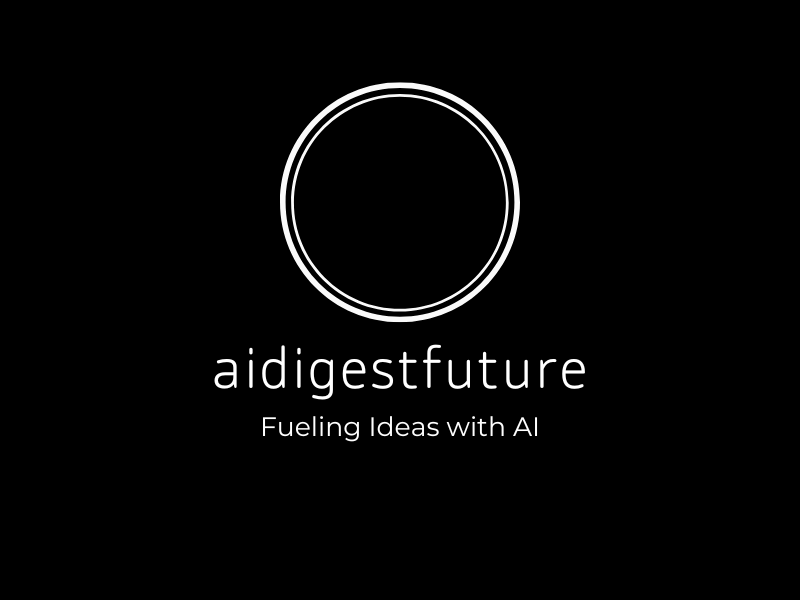
Understanding AI’s Increasing Electricity Needs
The rapid growth of Artificial Intelligence (AI) presents transformative opportunities across industries, but it also comes with a weighty challenge—increasing energy consumption. As AI systems grow more complex, the servers and data centers powering them demand more electricity to handle massive datasets and computations. Addressing AI’s growing electricity demands through free enterprise could pave the way to sustainability, innovation, and widespread economic benefits.
Why Does AI Require So Much Electricity?
AI operates through resource-intensive hardware, including GPUs, CPUs, and TPUs, which allow machine learning models to crunch vast amounts of data. Processes such as training Natural Language Processing (NLP) models or running deep neural networks require significant computational power. Moreover, technologies like ChatGPT, autonomous vehicles, voice recognition, and image analysis continuously expand AI’s utility, further pushing its energy footprint.
Key reasons behind AI’s energy impact include:
- Massive datasets needed to train AI models.
- High-performance computing systems running 24/7.
- Cloud-based AI systems with extensive server dependencies.
This growing demand puts a strain on energy providers and raises concerns about sustainability. Luckily, free enterprise offers a promising avenue to address this critical issue.
How Free Enterprise Can Help Meet AI’s Energy Needs
Harnessing the dynamism of free enterprise offers innovative solutions for powering AI efficiently. Here’s why private innovation and entrepreneurship are well-suited for tackling AI’s electricity challenges:
1. Encouraging Innovation in Renewable Energy
Free enterprise fosters competition and spurs the development of advanced renewable energy solutions tailored to the electricity-intensive needs of AI systems. From solar farms and wind power to next-generation battery storage, private companies are already pioneering technologies that offset energy usage.
Examples include:
- Wind-powered data centers reducing reliance on fossil fuels.
- Investment in cutting-edge solar panels that maximize energy efficiency.
- Private partnerships focused on greening AI infrastructure.
2. Introducing Grid Optimization Technologies
Electricity grids have long struggled with inefficiencies and imbalance. The private sector is uniquely positioned to innovate grid optimization technologies that efficiently manage fluctuating AI electricity consumption. Using AI itself, companies can create “smart grids” capable of redistributing energy resources intelligently.
These advancements pave the way for:
- Dynamic load balancing for AI data centers.
- Grid-interactive inverters to store and dispatch energy based on AI needs.
- Use of predictive electricity models to forecast consumption patterns.
3. Expanding Energy Storage Capabilities
Energy storage solutions are critical for balancing AI’s short bursts of high energy use and its idle periods. Through free enterprise, companies receive the necessary resources and flexibility to test scalable battery systems. Innovations such as Tesla’s megapack solutions and advanced lithium-ion technologies could help AI facilities depend less on traditional grids.
4. Building Cost-Effective AI Energy Models
Private companies have an incentive to maximize profitability by minimizing operational costs, including energy expenditure. As a result, businesses are actively developing AI-specific energy management systems that reduce waste, improve efficiency, and monitor power consumption in real time across data centers.
Examples include:
- AI-enhanced cooling systems reducing heat generation in servers.
- Custom AI processors that draw less power while delivering peak performance.
- Cloud providers employing modular building designs to improve energy efficiency.
Benefits of Powering AI’s Growth Sustainably
By leveraging free enterprise to address electricity challenges, we unlock opportunities that extend far beyond AI. Benefits include a reduced carbon footprint, greater energy independence, and the proliferation of high-paying jobs in green industries.
Advantages of sustainable solutions for AI energy consumption:
- Lower operational costs for AI companies.
- Rapid advancements in clean energy technologies.
- Stronger economic incentives for governments to support eco-friendly policies.
The Role of Policy and Public-Private Partnerships
While the private sector leads innovation, governments and public-private partnerships play a pivotal role in ensuring scalability. Collaboration between free enterprises and policymakers allows for subsidized research, clean energy tax credits, and grid modernization projects.
Challenges That Remain
Despite the free market innovation, overcoming some remaining obstacles is necessary:
- High upfront investment costs for transitioning to renewable energy.
- Uneven access to sustainable energy across emerging markets.
- Limited incentives for smaller enterprises to embrace green energy solutions.
Collaboration between free enterprises, governments, and international organizations will be essential to solving these challenges.
Conclusion
AI is revolutionizing the 21st-century economy, transforming industries from healthcare to finance. However, powering AI’s growing electricity demands sustainably is a challenge that requires bold and innovative solutions. By embracing free enterprise and fostering public-private collaboration, we can unlock a future where AI thrives without compromising our environmental and energy goals.
For companies and governments, addressing this issue is not just about finding a solution—it’s about seizing an opportunity to build robust, sustainable energy frameworks for the future.
Further Reading & Resources
For additional insights, check out these articles from reputable sources:
- Nature: The Growing Carbon Footprint of AI
- Brookings Institution: AI and Climate Change
- IBM Research: How AI Can Optimize Energy Usage
- Wired: AI’s Energy Problem
- Global Workplace Analytics: The Energy Impact of AI
- International Energy Agency: Data Centers and Energy
- McKinsey Insights: Renewable Energy Innovation
- Forbes: Sustainable AI Solutions
- Microsoft Sustainability: AI Energy Challenges
- CNBC: Data Center Energy Efficiency Challenges for AI
